Data fabric has been a synonym for data integration and management for many years.
Gartner lists data fabric as a “top strategic technology trend for 2022”.
Today, we shall discuss data fabric architecture through its pertinent definition, benefits, vendors, practices, and other things that help to reduce data management hassle by up to 75%.
A Brief Overview of Data Fabric architecture
This unified data fabric architecture consists of an integrated set of technologies and multiple integrated services to deliver within a specific time. It involves several modern data management technologies, including:
- Data Orchestration
- Data Governance
- Data Integration
- Data Catalogue
- Data Pipelining
Data Fabric Serves a Lot
Data Fabric serves a range of organizational, technical, and business drivers. Following are its details to maintain the difference.
Organizational drivers
- These drivers involve using a common language that helps improve the collaboration between data engineers and data consumers.
- Self-service data access capabilities help consumers to maintain the desirable data to increase business agility and speed.
Business drivers
- Business drivers deliver a 360-degree view of the entity, including order, device, customer, claim, and retail outlet. They help to achieve a desirable micro-segmentation, alert on operational risks, reduce customer churn and deliver personalized customer service.
- Adjust time and insights through decision-making by pipelining data into data hubs and storage
- It reduces the total cost of ownership through operating a complete change in legacy systems by modernizing them rapidly
Data Management drivers
- Enterprise data in data delivery methods include bulk data movement (ETL), data streaming, change data capture, data virtualization, and APIs.
- A data fabric architecture system incorporates data management tools of a certain company to manage cost-effectiveness.
- Data management drivers help data scientists, IT resources, and data engineers by undertaking repetitive data transformation, enrichment, and cleansing tasks.
Core Capabilities of Data Fabric
Data Fabric comprises multiple core capabilities that get integrated into a single platform.
Data governance
It assures quality and compliance with privacy regulations and makes data safe and at scale available.
Data Catalogue
It classifies the data asset inventory and presents a visual supply chain of information.
Data persistent layer
A wide range of relational and non-relational models are aligned through data.
Data integration and delivery
It retrieves data from any source and delivers it to a limited target with a specific method like ETL (bulk), messaging, virtualizations, CDC, and APIs.
Data preparation and orchestration
It presents the flow of data sources to target through the sequences of milestones for data. It includes cleansing of data, masking of sources, validation, and transformation of inventory.
Data fabric architecture reduces data management efforts
Data fabric is utilized to reduce or diminish the data sources and locations into a single manageable environment. It makes the process of managing the data across all the locations.
Palo explains Alto-based data-integration firm strim by mentioning “previously, software development teams went with their implementation for data storage and retrieval.”
Data access is simplified by data fabric architecture across remote data locations to deliver efficient self-service data storage.
Key pillars of the data fabric architecture
The data and analytics head must be aware of the following four pillars of a data fabric architecture.
1- Conversion of passive metadata into active metadata is a must
Data fabric analyzes the metadata for key metrics to manage key metadata metrics to enable artificial intelligence and machine learning algorithms.
2- Data fabric has a robust data-integration backbone
Data fabric is compatible with multiple data delivery styles that include ETL (extract, transformation, and load) while replicating to support different types of data users that including business users and IT users
3- Collection and analysis of multiple forms of metadata is a must
It involves a mechanism to enable a data fabric to identify and review the metadata through the given information.
4- Creation and curation of a knowledge graph
Knowledge graphs enrich data with semantics to enable businesses that derive value through the data. It also allows AI/ML algorithms through information for analytics and other operational used cases.
Used cases of Data Fabric
There are multiple use cases of data fabric in enterprises that demand rapid data architecture with multiple simultaneous transactions.
For example
- Pipelining enterprise data into data hubs and storage
- Complying with data privacy laws
- Delivering a 360-customer view
- Provisioning test data on demand
- Predicting churn, detecting customer fraud, credit scoring
- Modernizing legacy systems
- Provisioning test data on demand
- Securing credit card transactions
Advantages of Data Fabric
Following are a wide range of advantages
- Excellent performance
- Fully secured
- Enhance data management
- High consistency, availability, and durability
- Expanded data services
- Simplifying data orchestration
- Comprehensive data administration
- Optimized cost of ownership
- Rapid data privacy compliance
Wrapping up
Data management efforts get lower due to the efficient use of data fabric; it is efficient in its functionality. We at vteams prefer to utilize data fabric architecture through our expert resources to manage data sources.
Reach us for further queries.

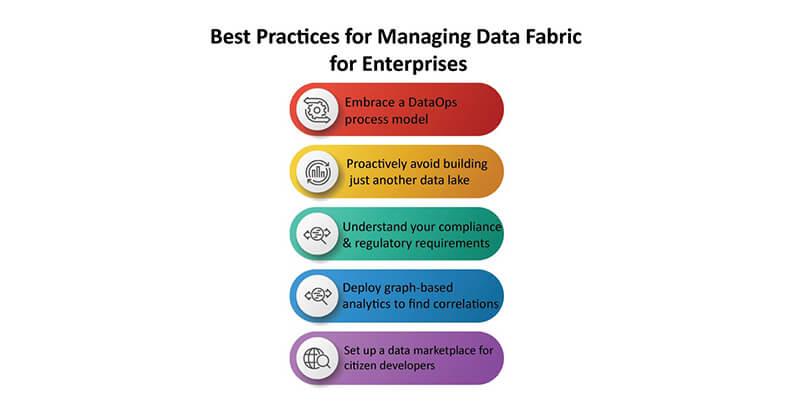
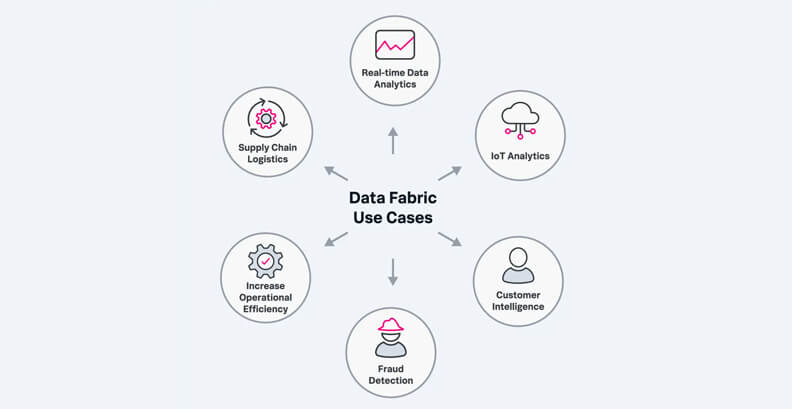
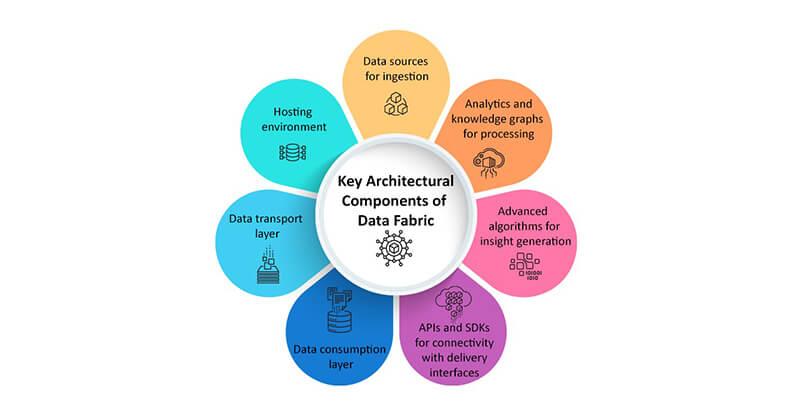



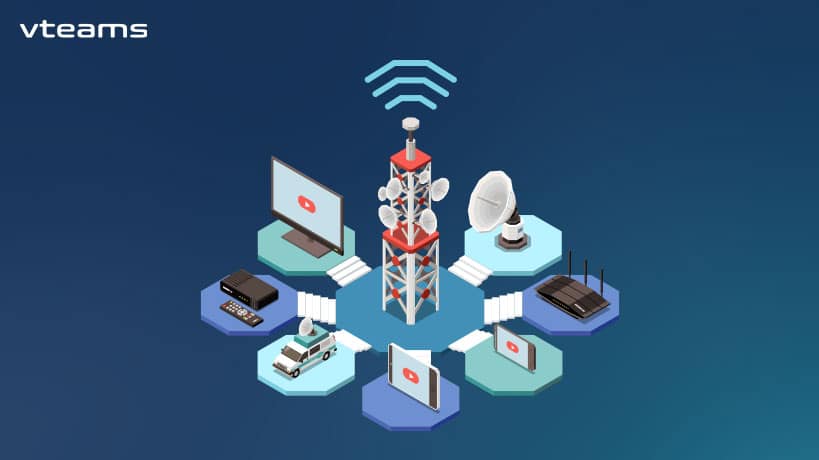

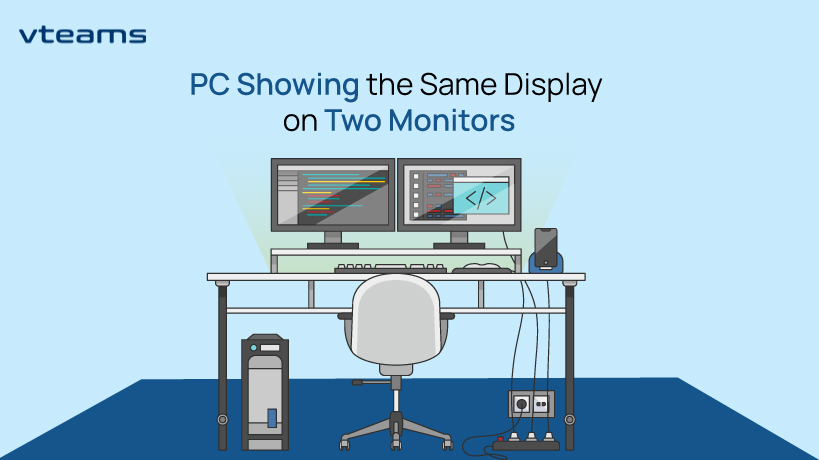
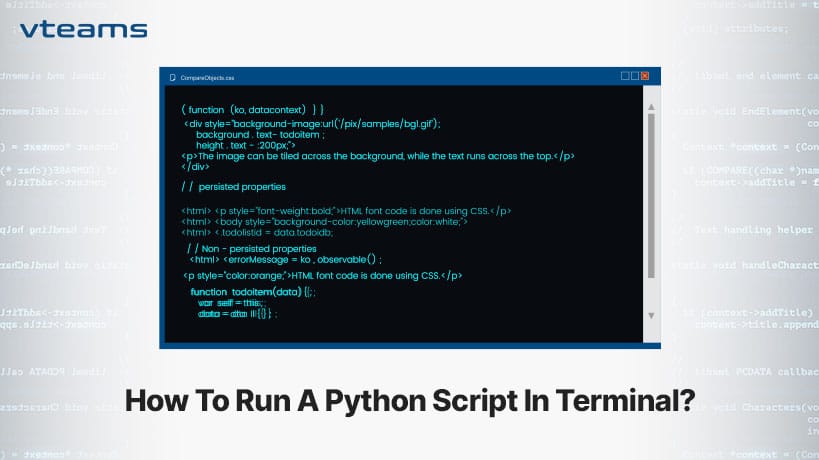




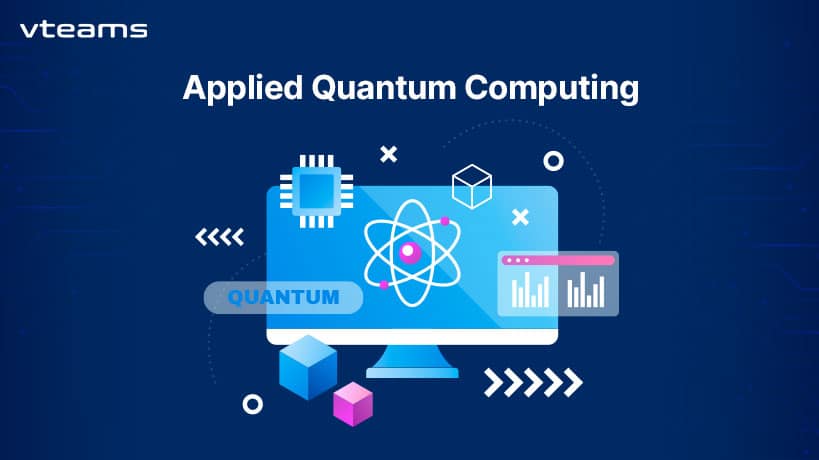
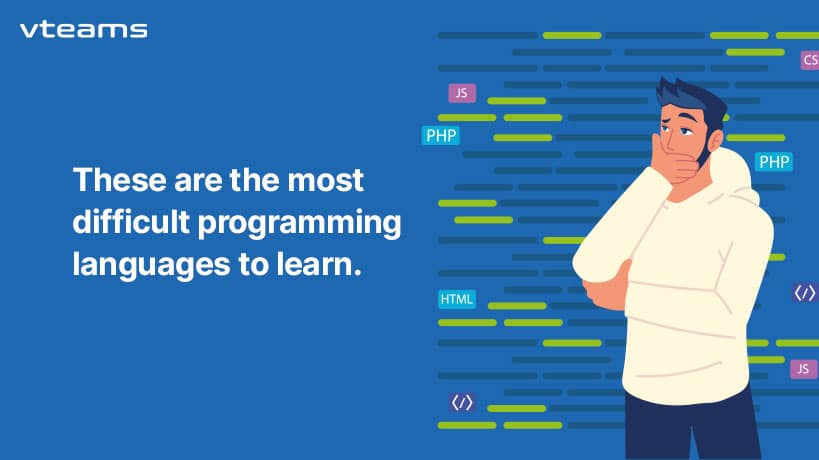
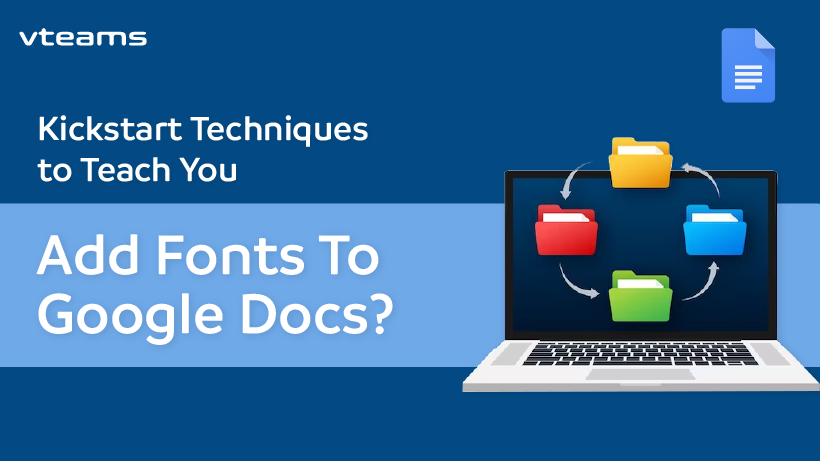
0 Comments